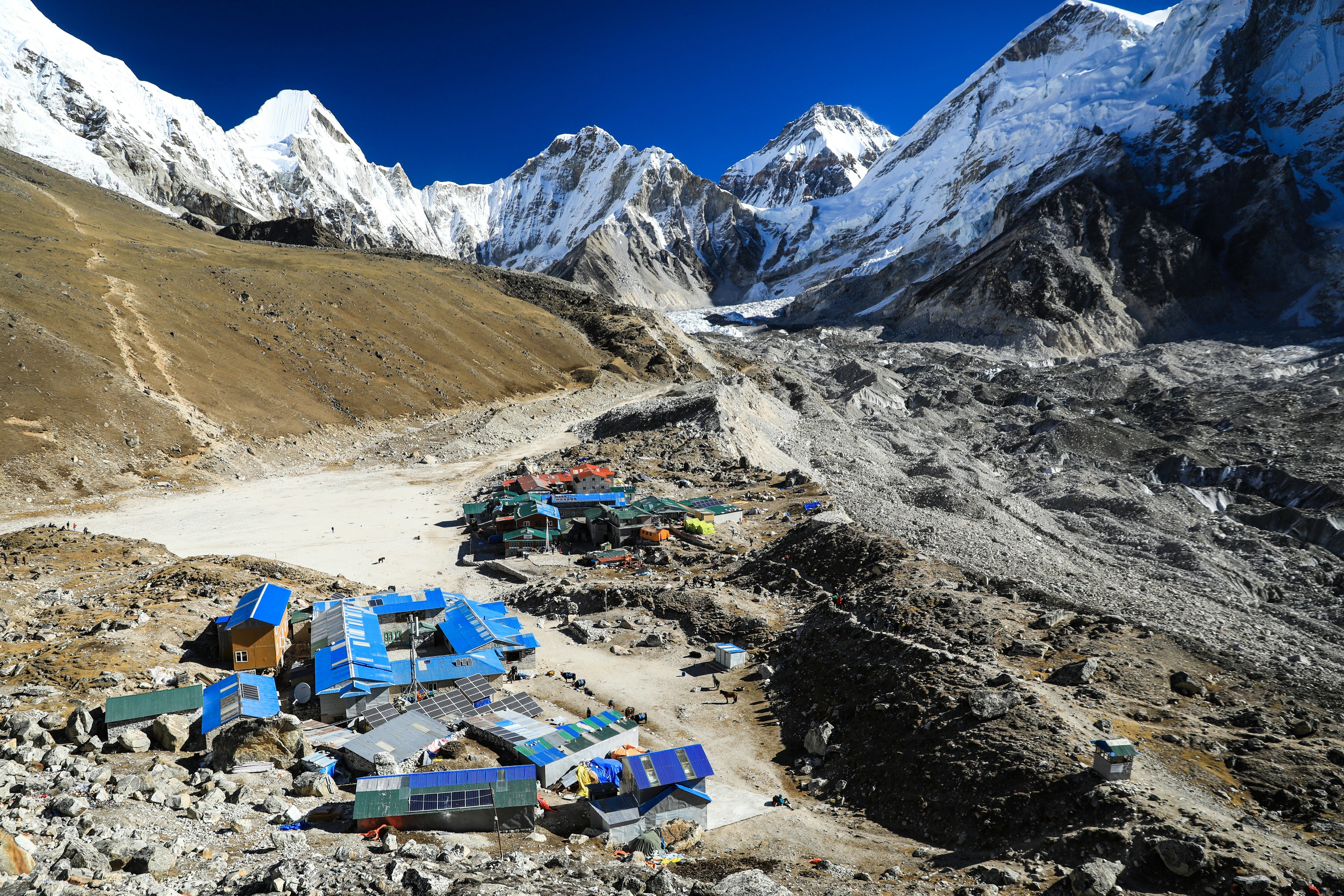Description
The Everest Base Camp (EBC) trek is more than a hike; it is a pilgrimage to the foot of the world's highest mountain. This journey through the Khumbu region of Nepal is one of the most famous treks on the planet, offering not only breathtaking Himalayan scenery but also a deep dive into the resilient culture of the Sherpa people. The trail follows the footsteps of legendary mountaineers, winding through picturesque villages, crossing high suspension bridges draped in prayer flags, and passing ancient Buddhist monasteries, all under the watchful gaze of some of the world's most formidable peaks, including Lhotse, Nuptse, and the sublime Ama Dablam.
The defining challenge and essence of the EBC trek is the extreme altitude. The entire journey is a lesson in patience and acclimatization, as the body slowly adapts to the thin air of the high Himalayas. The accommodation in traditional "teahouses" provides a unique cultural framework for the trek. These simple lodges offer a warm bed, hot meals, and a communal dining room where trekkers from around the globe share stories around a yak-dung-fired stove. This system allows hikers to travel relatively light and provides a vital economic link for the local communities. Reaching Base Camp is a monumental achievement, but the true climax is the pre-dawn ascent of Kala Patthar, where the first rays of sun illuminate the summit of Everest in a spectacle of unparalleled alpine grandeur.
Route
Loading map...
Elevation
Loading elevation chart...
Getting There & Back
The trek to Everest Base Camp begins with a flight to Kathmandu (KTM), the capital of Nepal. From Kathmandu, the traditional route involves a dramatic 25-minute flight to the Tenzing-Hillary Airport in
Lukla (2,860 m), widely considered one of the world's most challenging airports. However, due to congestion and weather, many flights now operate from Ramechhap, a town requiring a 5-6 hour drive from Kathmandu. The trek is linear, following the Dudh Kosi valley upwards to Base Camp and then retracing the same route back to Lukla for the flight out. The logistics are extremely well-established, with a vast network of teahouses, lodges, and guide services catering to the thousands of trekkers who make the journey each year.
Accommodation
Accommodation is in teahouses, which are small, family-run lodges offering basic rooms and meals.
- Everest View Hotel (near Namche Bazaar): Famous for being one of the highest-placed hotels in the world, it offers luxury and the first clear views of Mount Everest during an acclimatization day hike.
- Teahouses in Tengboche: Staying in Tengboche allows for visits to the famous monastery and offers spectacular morning views of Ama Dablam and the Everest massif.
- Lodges in Gorak Shep: As the highest settlement on the trek, these basic lodges serve as the essential, spartan base for the final pushes to Everest Base Camp and Kala Patthar.



